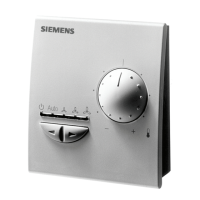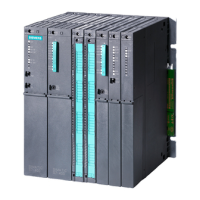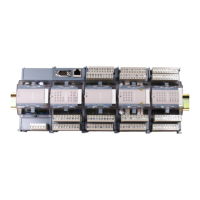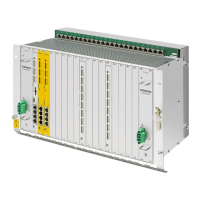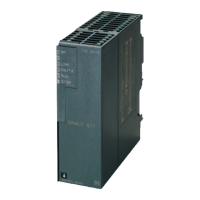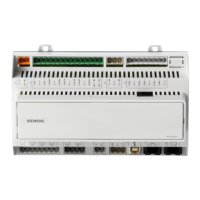Communications configuring
3-18 System- and communication configuring D7-SYS - SIMADYN D
Edition 12.2003
The central coupling block makes an entry into the communications error
field and no longer processes the coupling module, if
• a central coupling block identifies an error when being initialized
• a firmware does not respond or manifests erroneous behavior,
• the central coupling block is running on the incorrect communications
module.
3.1.4.2 Transmitters and receivers
Transmitters and receivers are:
• function blocks, which access the data interface of a coupling, either
writing and/or reading.
• part of the communications utility which uses the coupling.
Examples of transmitters:
• message output, function block MSI:
Copies messages from the message buffer into a data interface
• process data transmit block CTV
Examples of the receivers:
• process data receive block CRV
As transmitters and receivers don’t differentiate between the individual
couplings, at the block inputs of the transmitter and receiver, a coupling
type must not be specified.
• CTS input to specify the coupling module
• address connection AR, AT or US to specify channel names and
coupling-specific addresses
Before transmitters and receivers can transfer data, they must first
identify- and synchronize with one another:
• Identification is realized via the data configured at the connections
CTS and AT, AR or US.
• Synchronization is only possible,
− if a transmitter identifies its partner as receiver (or vice versa).
− if the length of the reserved data areas coincide.
− if the net data structure is compatible.
− if the data transfer mode is identical (data entry at the MOD input
for transmitters/receivers).
Errors
General
Data entries at the
connections
I/O, trans./
receivers
Synchronizing
transmitters and
receivers

